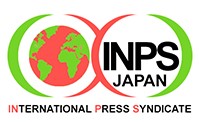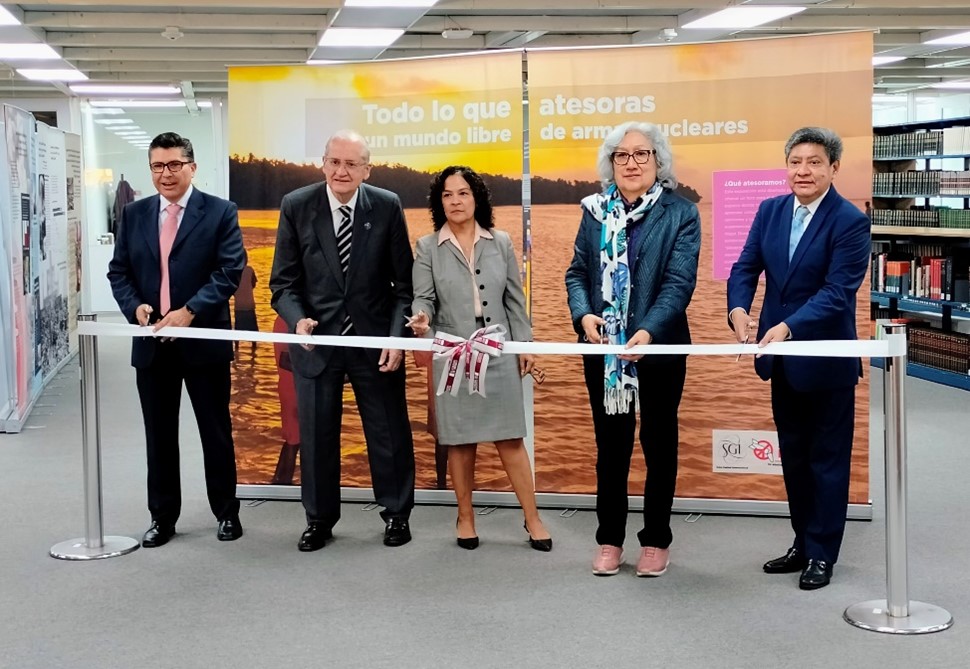Exhibition “Everything You Treasure: For a World Free From Nuclear Weapons” on Display in Mexico. The Organization for the Prohibition of Nuclear Weapons in Latin America and the Caribbean (OPANAL) was invited as a guest of honor to the opening ceremony of this exhibition. OPANAL will travel to Kazakhstan to participate in meetings, including one later this month, where representatives from five Nuclear Weapons Free Zones will gather to share experiences related to the prohibition of nuclear weapons.
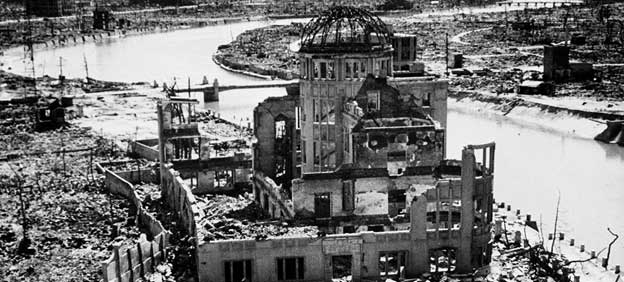
Raising awareness about the dangers posed by nuclear weapons is the focus of the exhibition “Everything You Treasure: For a World Free From Nuclear Weapons,” currently on display at the Colegio de México, one of the country’s most prestigious universities. The exhibit is part of the commemoration of the 79th anniversary of the atomic bombings of Hiroshima and Nagasaki.
“This is a delicate subject that has been discussed for almost 80 years, yet there are still people who neither know about it nor believe in it. Our mission is to raise awareness among citizens, students, and professionals,” said Nereo Ordaz, General Director of Soka Gakkai Mexico.|SPANISH|JAPANESE|

The exhibition, created by Soka Gakkai International and the International Campaign to Abolish Nuclear Weapons (ICAN), was first displayed in 2012 in Hiroshima, Japan. It has since been translated into Spanish, English, Japanese, and Russian and features 42 informative displays on nuclear disarmament. In Mexico, the exhibition has been showcased at various universities in the capital, as well as in cities such as Guadalajara, Puebla, and La Piedad.
Another of the posters highlights the work of the Hibakusha, who transmit to young people their experiences on August 6th and 9th, in Hiroshima and Nagasaki, as well as their struggle to ensure that a nuclear attack will never happen again.
Visitors to the exhibition can explore topics related to the financial support for the production of nuclear weapons. One display reveals that 329 banks, pension funds, and other financial institutions from 24 countries are involved in this issue, with North America contributing the most, through 204 institutions.
The inauguration, held on August 6th, featured Ambassador Flávio Roberto Bonzanini, Secretary-General of OPANAL, as the guest of honor. He praised the initiative, emphasizing the importance of informing society about the imperative need for the complete elimination of nuclear weapons, which, along with climate change, he described as one of the greatest threats to humanity.
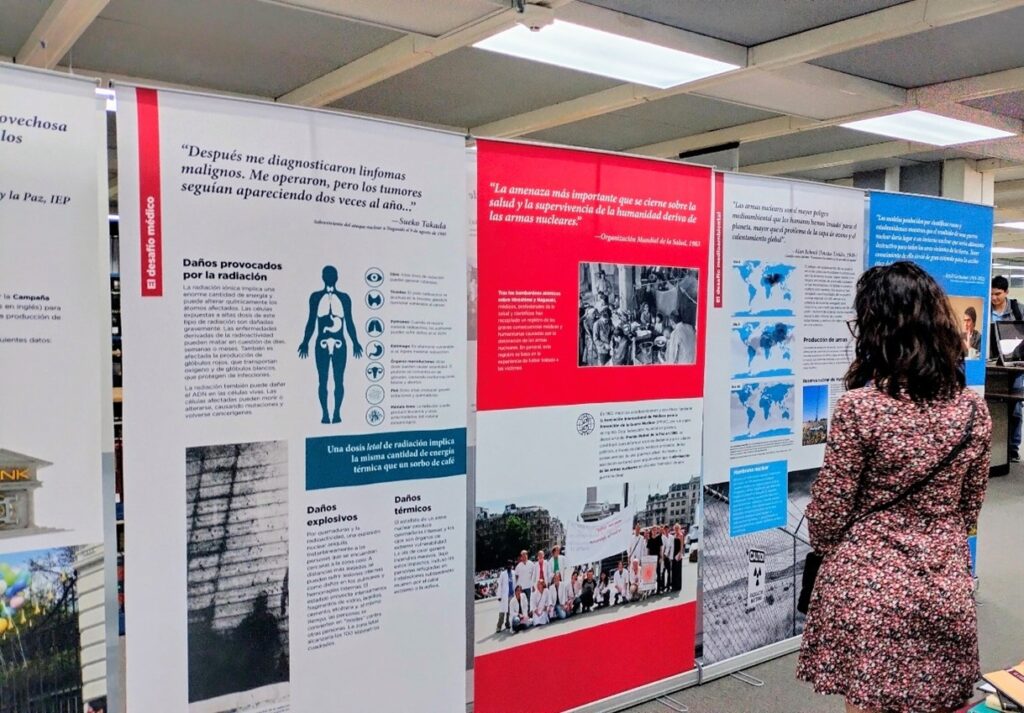
“Mexico, along with the rest of the countries in Latin America and the Caribbean, formed the first Nuclear Weapons Free Zone (NWFZ) in a densely populated area of the world. This legacy is embodied in the Treaty of Tlatelolco, which has served as an inspiration and model for the creation of four other such zones, now encompassing almost two-thirds of the member states of the United Nations,” said Secretary Bonzanini.
He also reminded attendees that OPANAL is the only organization in the world solely dedicated to disarmament and nuclear non-proliferation. He encouraged reflection on the importance of building a more peaceful and secure world, and the role that each person can play in this process.
On August 27-28, OPANAL will participate in a series of activities in Astana, Kazakhstan, related to nuclear non-proliferation and the fight for nuclear disarmament. These events will coincide with the 33rd anniversary of the closure of the Semipalatinsk Nuclear Weapons Site, where 456 nuclear bombs were detonated between 1949 and 1989.
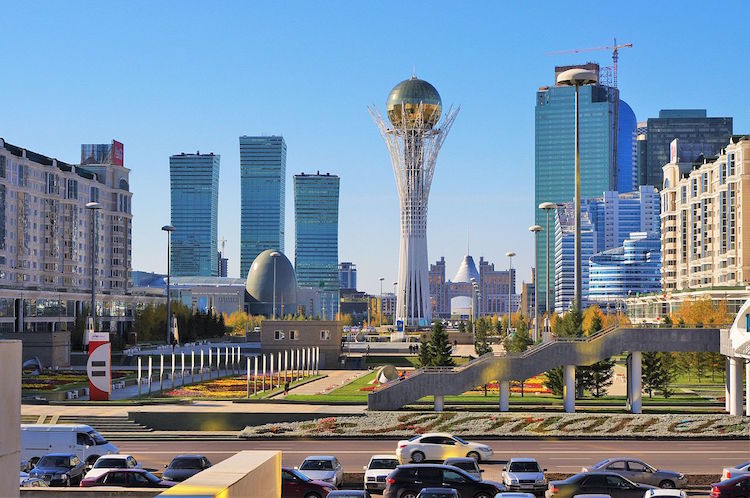
In an interview with INPS Japan, Natalia Zhurina, Research and Education Officer at OPANAL, emphasized that the organization will meet with representatives from other Nuclear Weapons Free Zones to share experiences and strengthen communication channels that facilitate collaboration towards the prohibition of nuclear weapons. “As I mentioned, there is no other organization like OPANAL in other regions. We know that regions like Central Asia are very interested in establishing such a body. They want to learn about OPANAL and understand how it operates,” she explained.
Zhurina also mentioned that OPANAL will participate in an informal meeting regarding the establishment of a Nuclear Weapons Free Zone in the Middle East. Additionally, OPANAL will attend a meeting organized by ICAN to discuss issues related to the Treaty on the Prohibition of Nuclear Weapons (TPNW). “We view the TPNW as a global version of the Treaty of Tlatelolco, which was the first treaty to establish a ban on nuclear weapons. The TPNW has incorporated many principles from the Treaty of Tlatelolco, as has OPANAL.”
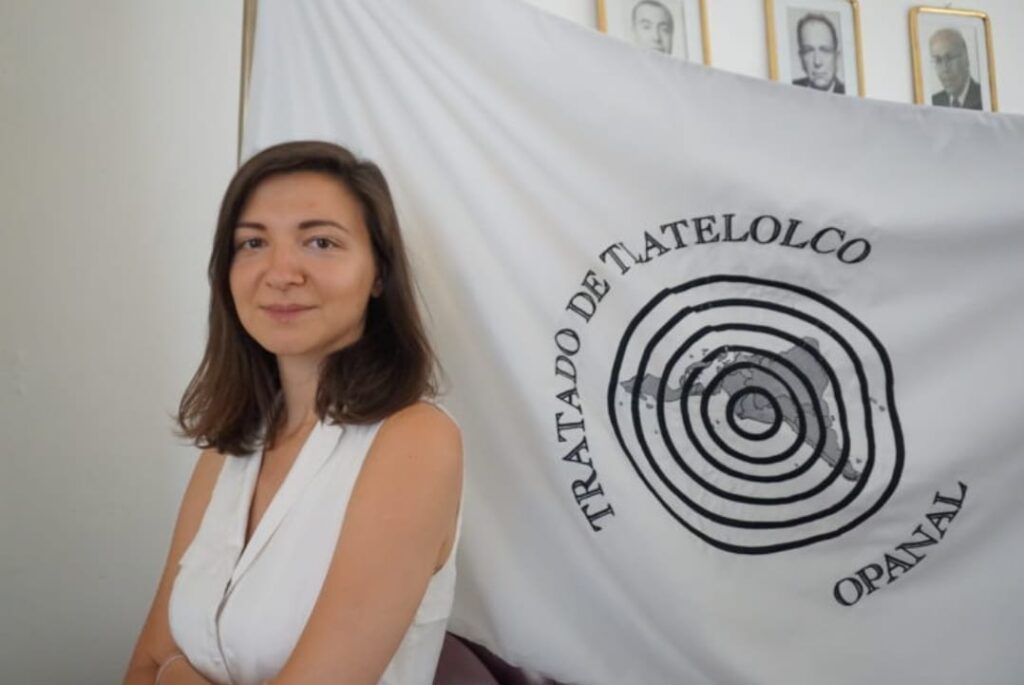
Latin America and the Caribbean serve as exemplary regions in the disarmament and non-proliferation of nuclear weapons. The nations in these regions maintain a firm commitment to these issues, despite the serious threat posed by weapons of mass destruction. “In Latin America and the Caribbean, while countries may not always agree on every issue, there is a unified vision and organized stance on disarmament and non-proliferation. OPANAL and the region offer hope and set an example for other countries,” said the OPANAL official, who will accompany Secretary Bonzanini in the meetings in Kazakhstan.
The United Nations estimates that there are approximately 12,500 nuclear weapons in the world, making society’s role crucial in demanding that governments work towards and allocate resources for a world free of nuclear weapons. Exhibitions like “Everything You Treasure: For a World Free From Nuclear Weapons” have raised awareness among young people in Mexico about the privilege of living in a region free from the nuclear threat.

The exhibit will remain on display at the Colegio de México until August 15th, alongside theses and bibliographies on nuclear weapons and non-proliferation.
INPS Japan
This article is brought to you by INPS Japan in partnership with Soka Gakkai International, in consultative status with UN ECOSOC.
Related articles:
Exhibition Educates Youth on Dangers of Nuclear Weapons
“Kazakhstan’s Enduring Legacy: From a Nuclear Test Site to a Leader in Disarmament”

